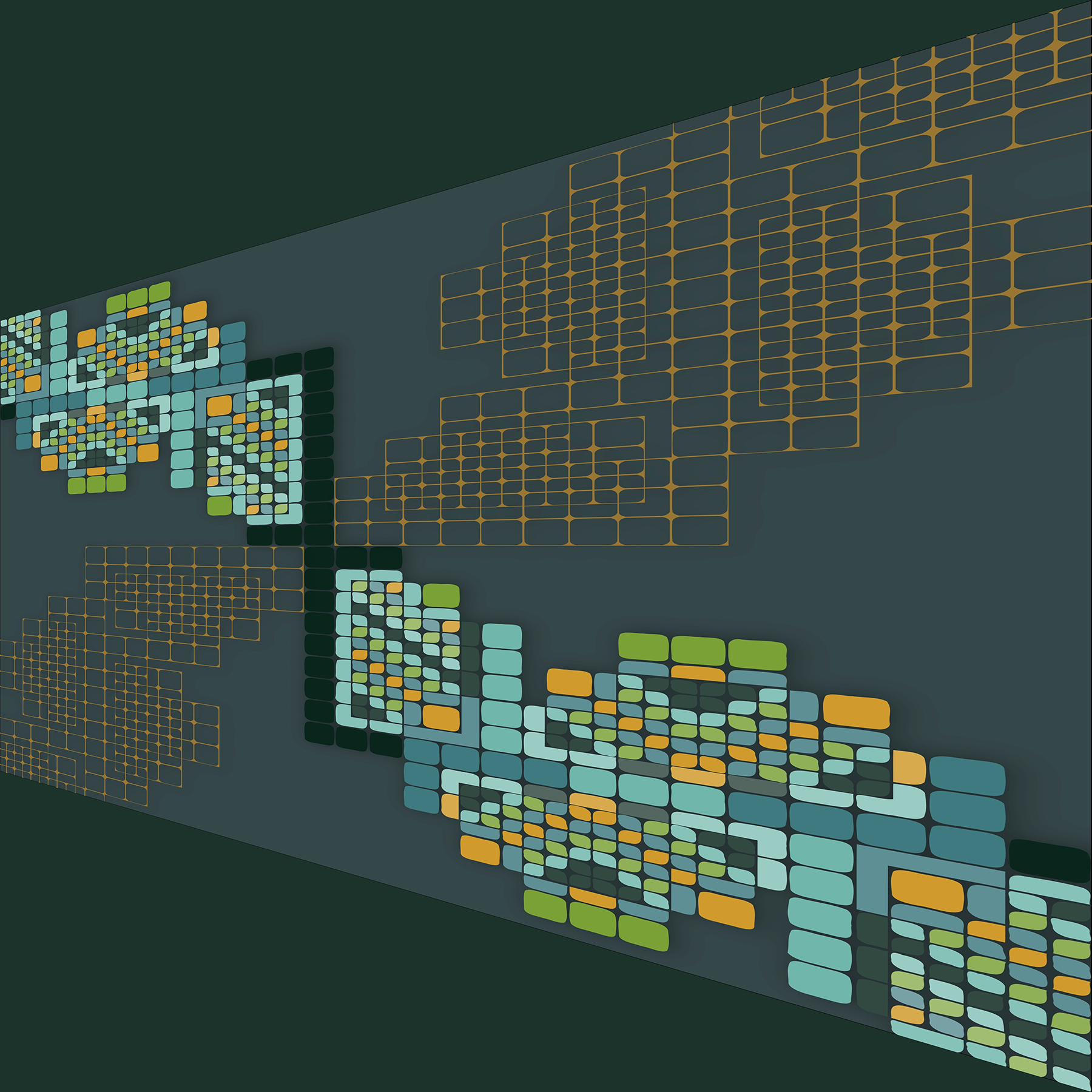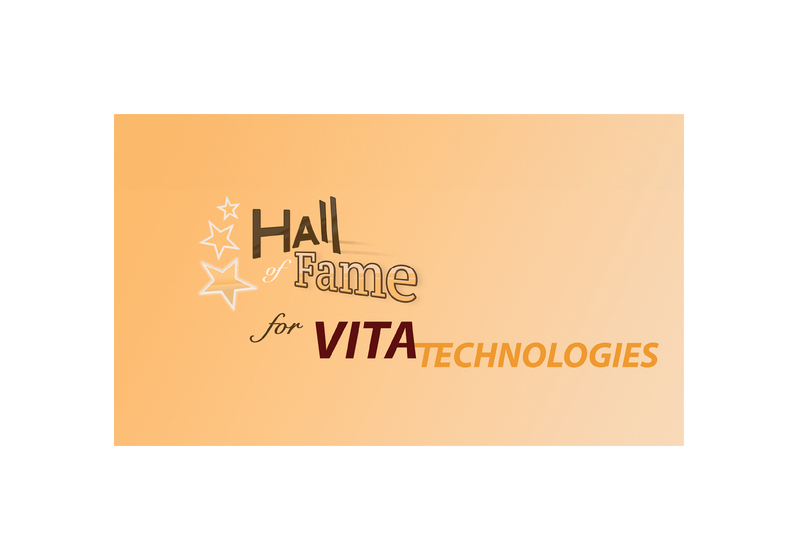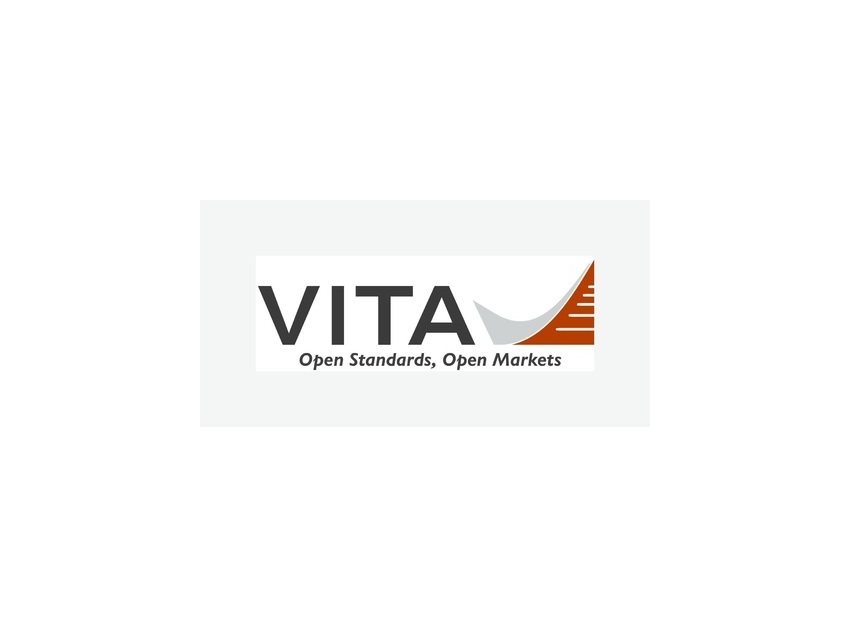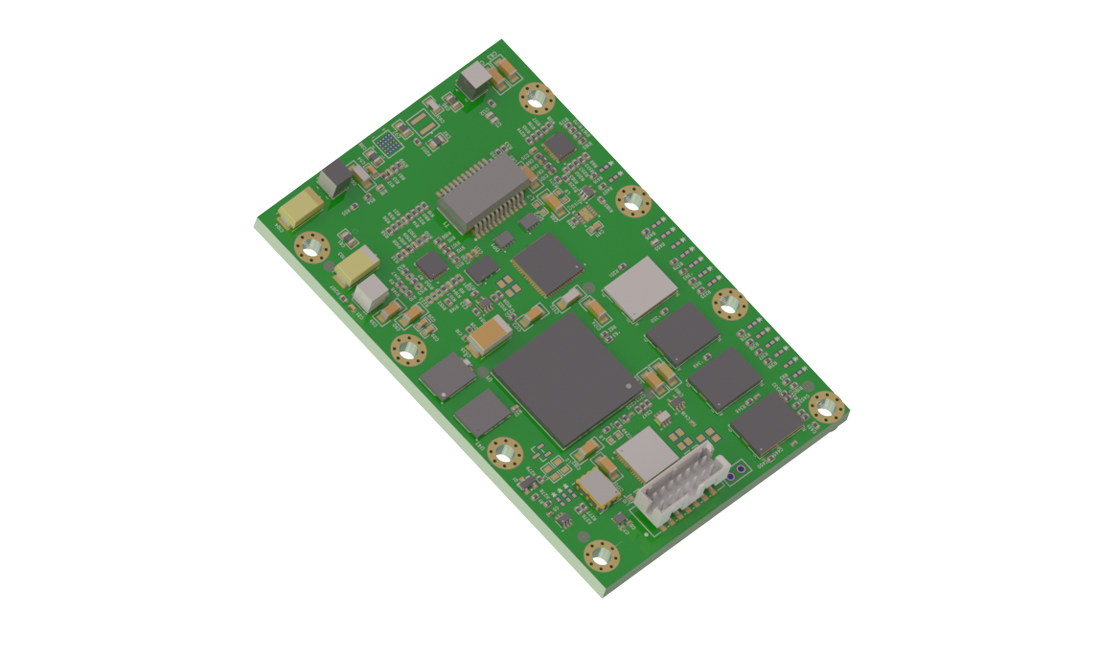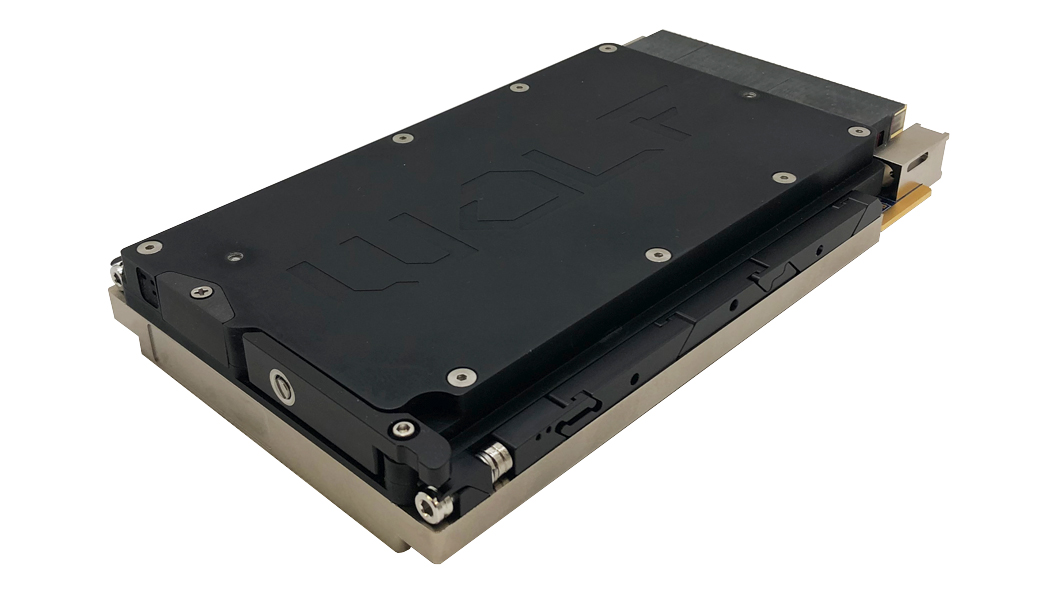In January, VITA held Embedded Tech Trends 2025 in San Antonio, Texas.
Embedded Tech Trends is an extremely effective forum where suppliers of components, boards, and system-level solutions can meet exclusively with members of relevant industry media to discuss technologies, trends, and products.
The following is a synopsis of the presentations at this year’s event:
Faster. Stronger. More: Fiber Optics and High-Speed Solutions for Tomorrow’s VITA Ecosystem
By Oscar Banos, Open.Tech by Amphenol
In an era defined by an insatiable demand for speed, capacity, and durability, VITA standards are at the forefront of embedded systems evolution. In this presentation, Oscar delved into the cutting-edge advancements in optical and high-speed connectivity solutions. By exploring the path from chassis wall to PCB, he highlighted the critical role of high-density fiber technologies – such as VITA 66.5 optical interconnects, MT ferrules, and hot-swappable transceivers – in addressing the rising need for reliability, higher throughput, and reduced mean-time-to-repair (MTTR).
A New Era in High-Speed Data Transmission
By Thomas Mittermeier and Christian Hobmaier, ODU GmbH & Co. KG
The limitations of current fiber connectivity solutions in the rugged embedded system world continue to be an issue for end users in defense/aerospace applications. In particular, these limitations are low mating cycles and the requirement for excessive cleaning in the field. The new Expanded Beam Optical (EBO) Fiber Ferrule from 3M is the answer to these limitations. Very high mating cycles and a low susceptibility against dust, as well as excellent transmission values, are a game changer for end users. The EBO Ferrule is available in Single Mode and Multimode). Small in size, the ferrule can be implemented in Circular as well as Backplane connectors.
QMC VITA 93 Introduction
By Mark Littlefield, Elma Electronic
The developing VITA 93 standard specifies a new high-performance mezzanine module and carrier card interface. Designed for small form factors, the QMC mezzanine aims to bring performance of XMC modules to a tiny package, enabling users to mix and match I/O functions on VPX, VNX+, and other platforms. This presentation served as an introduction to VITA 93 QMC standard.
QMC VITA 93 Technical Overview
By Jan Zimmermann, TEWS Technologies
This presentation served as a technical overview of the VITA 93 QMC standard.
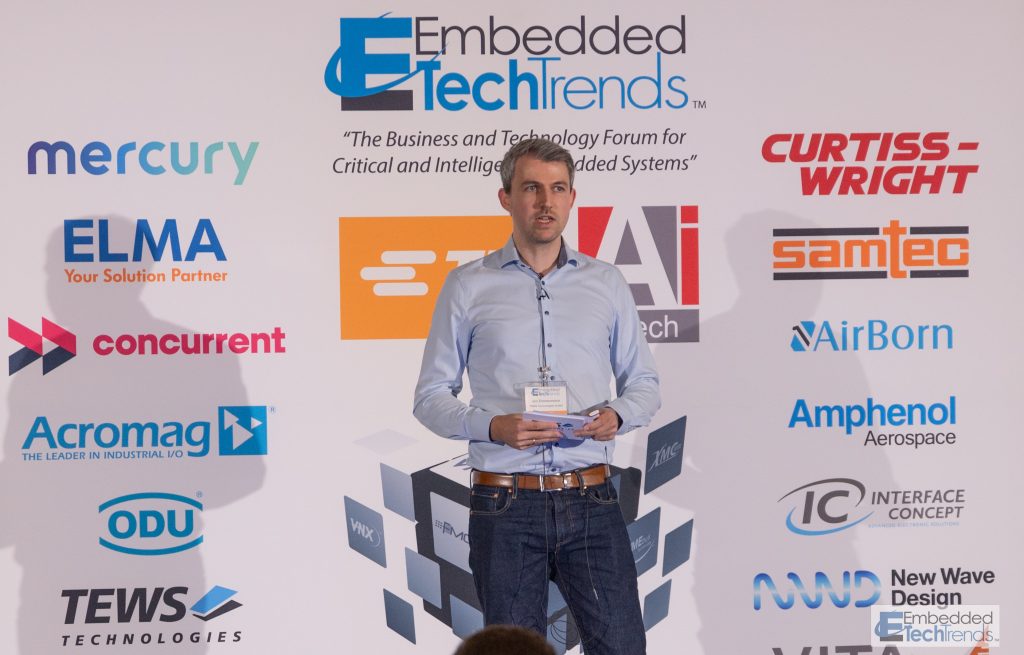
QMC VITA 93 Implementation
By Robert Greenfield, Acromag
This presentation discussed possible implementations of the VITA 93 QMC standard.
VITA 100 – A New Era for Embedded Standards
By Steve Devore, Leonardo DRS
VITA 100 is a new standard in development for high performance critical embedded computing applications. Steve is the chair of the VITA 100 working group. This presentation outlined the goals of the VITA 100 working group and the numerous sub-working groups, concluding with a timeline set by the working groups.
VITA 100 – A Giant Leap for Interconnect: Next-Gen VITA 100
By Mike Walmsley, TE Connectivity
With advances in silicon packages, there is a need to accommodate increased power consumption, higher pin counts, and higher data rates while maintaining a smaller footprint. These requirements will be a challenge when implementing OpenVPX in next generation systems. In this presentation, Mike reviewed advances in interconnect for tomorrow’s embedded systems and preview the next generation connector – with increased pin count, data rates, and capacity – selected for VITA 100 architecture.
VITA 100 – Slot Profiles – Evolution from VITA 65
By Greg Rocco, MIT Lincoln Laboratory
This presentation contrasted the profile strategy between OpenVPX and VITA 100. The VITA 100 working group has a goal of developing fewer, more focused profiles.
VITA100.20: Securing the Manageability of Next-Generation Mission Critical Processing Systems
By Dan Toohey, Mercury Systems, Inc.
The revolutionary VITA 100.0 standard will enable the integration of more complex subsystems than VITA 46/VITA 65. These complex systems will require capable system-management solutions to properly and securely maintain them and deliver features equivalent to those found in commercial processing systems. VITA 100.2 strives to fulfill the user need to manage their VITA 100.0 solutions. This presentation discussed the objectives, planned capabilities, and key features of VITA 100.2, including security management and why it’s important for mission-critical processing.
VITA 100 – Raytheon Investment in Industry Standard Development
By Mark Klein, RTX – Raytheon
RTX – Raytheon is an ardent supporter of open systems architectures. RTX is a supporter and active participant in many VITA working groups, even taking the lead in VITA 47 Common Requirements for Environments, Design and Construction, Safety, and Quality Standards. This presentation highlighted Raytheon’s commitment to open standards.
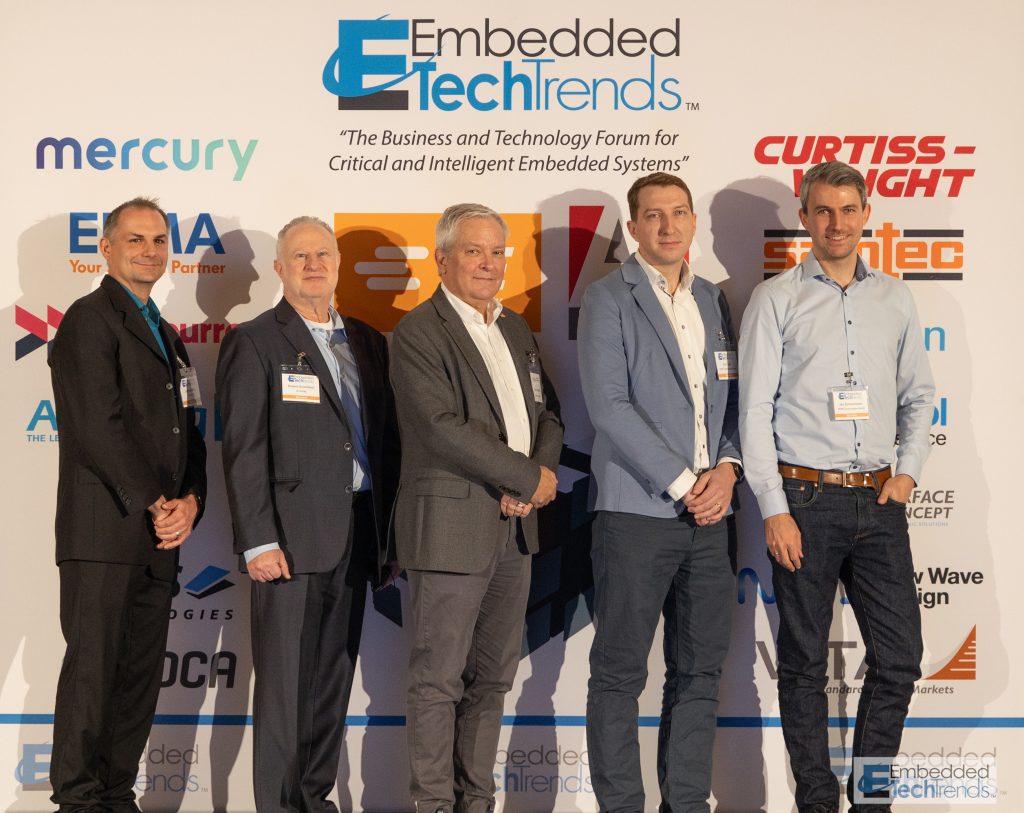
The Digital Engineering (R)evolution: Model-Based Engineering (MBE)
By Ivan Straznicky, Curtiss-Wright Defense Solutions
Digital engineering or model-based engineering is the preferred method for complex system design. This presentation explained some of the benefits of digital engineering; Ivan concluded with a call to action to leverage digital engineering now.
Unlocking OEM Potential by Mastering Legacy Support
By Ethan Plotkin, GDCA
This presentation explored how OEMs can unlock hidden potential within their organizations by gaining visibility into the true costs and liabilities of legacy support. It addressed key challenges such as short-term focus, underestimating obsolescence costs, and inefficient processes, while offering actionable strategies for improvement. By identifying gaps in current resource usage and implementing formal obsolescence management plans, OEMs can reclaim operational efficiency and redirect focus toward growth and innovation.
Unlocking Multi-Function Aperture Sensors for Next-Generation Defense Systems
By Jake Braegelmann and Ryan Jansen, New Wave Design
Advancements in multi-function aperture (MFA) sensors are transforming defense systems by enabling adaptive, reconfigurable sensor processing algorithms and seamless multi-modal data integration within a highly SWaP-optimized framework. Despite the potential, these technologies pose new challenges from traditional sensor processor architectures, requiring hardware resource allocation and reconfiguration, efficient movement of large amounts of sensor data, and a strategy to qualify new algorithms as they become available. This presentation reviewed these obstacles and what is needed from an architecture and open standards perspective to unlock the full potential of multi-function apertures for next-generation sensor processing applications.
High-Performance, Small Form Factor Open Standard SoMs
By Matthew Burns, Samtec, Inc.
As small-form-factor (SFF) System-on-Modules (SoMs) increase in performance, pin count. and density, SoM designers are challenged to define component placement, PCB layout, pinout, and interconnect options for digital, analog, RF, power, and control signals. Additionally, routing I/O expansion protocols on SoMs and SoM carrier cards enable rapid prototyping and system emulation.
Several new and ongoing SFF SoM open-standards efforts are simplifying system design while addressing the need for next-gen performance. In this presentation, Samtec technical experts reviewed the latest SFF SoM open-standards efforts including UxV/35, VITA 93, SGeT HFM, and PICMG COM-HPC.
Flexible/Reversible VITA 62 Modular Power
By Jerry Hovdestad, AirBorn, a Molex Company
This presentation addressed the flexibility possible with VITA 62 power-supply designs. It highlighted recent demonstrations where, of necessity, a high-power VPX supply was run backwards to serve as a regenerative load and provide power back to the input and presented possible additional nonstandard uses of the design to allow systems to offer other functions without the long, drawn-out “design from scratch” process.
Bringing the “App Store” to Embedded Computing Systems
By David Tetley, Elma Electronic
The SOSA Technical Standard is evolving to define rules for software architectures, specifically through the SOSA Reference Architecture, Edition 2.0, Version 2. This edition outlines rules and profiles for the software Run-Time Environment (RTE) that SOSA modules must operate within, ensuring high portability. Key software elements defined in the standard include the System Manager and Task Manager, which standardize the management of platform health, operation, configuration, and security, facilitating mission operations. These elements contribute to over 250 software interactions.
The integration of these software elements aims to create an “app store” of SOSA modules, allowing for easy replacement of modules without code changes. However, this scope presents challenges for developers who prefer to focus on core applications rather than management frameworks. To address these challenges, the development of toolkits and reference implementations is suggested to reduce development overhead and save significant time.
OpenVPX Transforming Space Operations
By Ralph Grundler, Aitech Systems
This presentation examined the growing reliance on open standards to enable space applications, specifically examining command and data handling systems, earth observation satellites, and inter-constellation networking. It also explored next steps for this open standard in future deep-space and lunar missions for commercial and military applications.
Exceeding Expectations Using Intel Processors
By Nigel Forrester, Concurrent
Intel processors are used in many high-performance embedded computing applications. This presentation discussed the major caveats to be aware of when using Intel processors in critical embedded-computing applications.
Market Research Update
By Brian Arbuckle, Embedded Market Research
Brian closed the event by reviewing highlights from market research he recently conducted for VITA. VITA publishes quarterly reports reviewing activity from financial performance to new products, contracts, and mergers in the VITA technology market. An annual report goes deeper into revenue estimates of VITA technology suppliers forecasting market sizes and shares across the various VITA technologies. The 2023 annual report is available online (www.vita.com/MarketData).
All of these presentations, with video, are posted at www.EmbeddedTechTrends.com. It is highly recommended that you view the videos to get the maximum information.
[Video | To view all Embedded Tech Trends 2025 presentations and videos, click here.]

